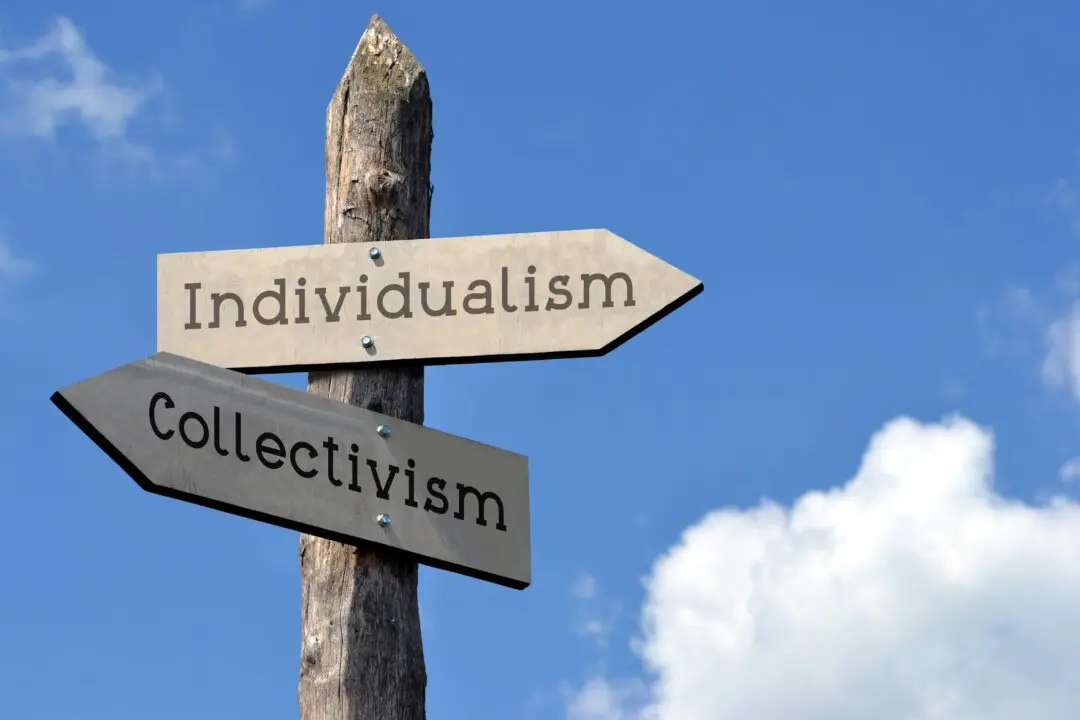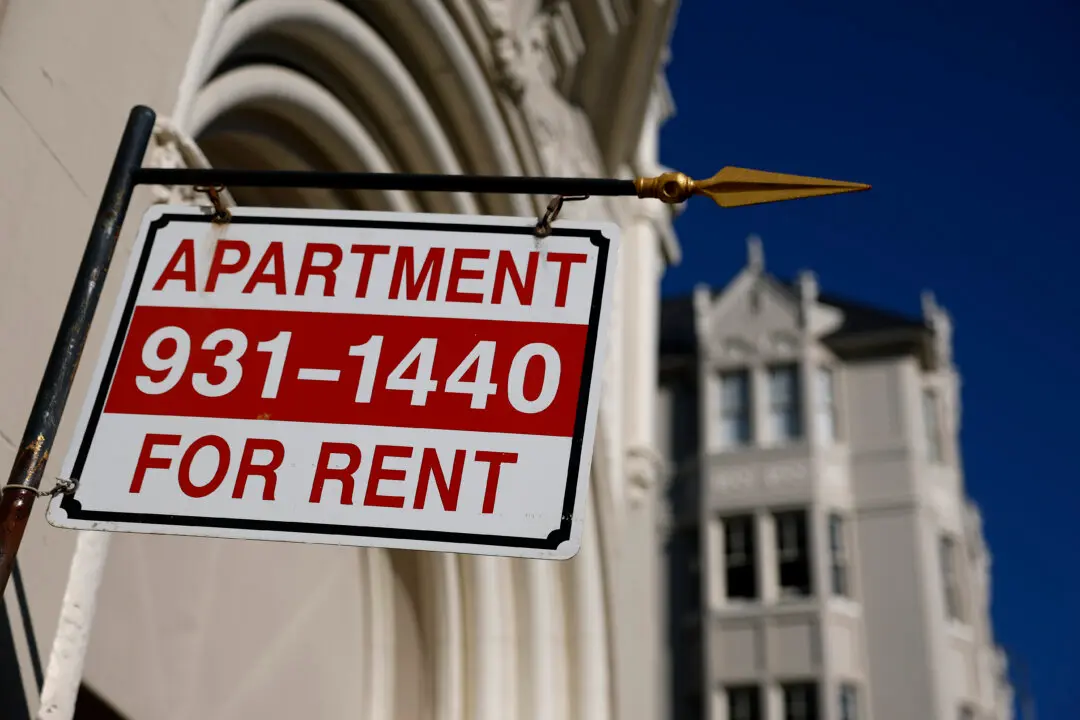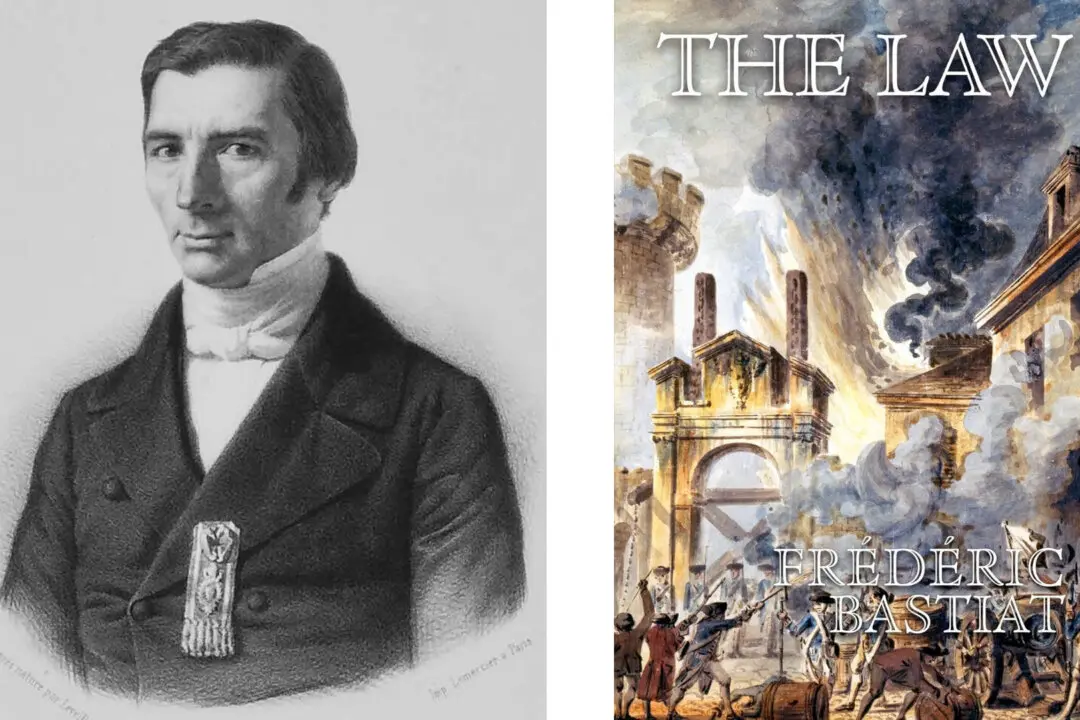Commentary
The Paris city council, on the encouragement of the government of Emmanuel Macron, has made the shocking decision to turn off the lights to the Eiffel Tower at 11:45 p.m. and leave them off all night, thus robbing the city of its most iconic and beautiful symbol of peace, prosperity, and industrial civilization.





